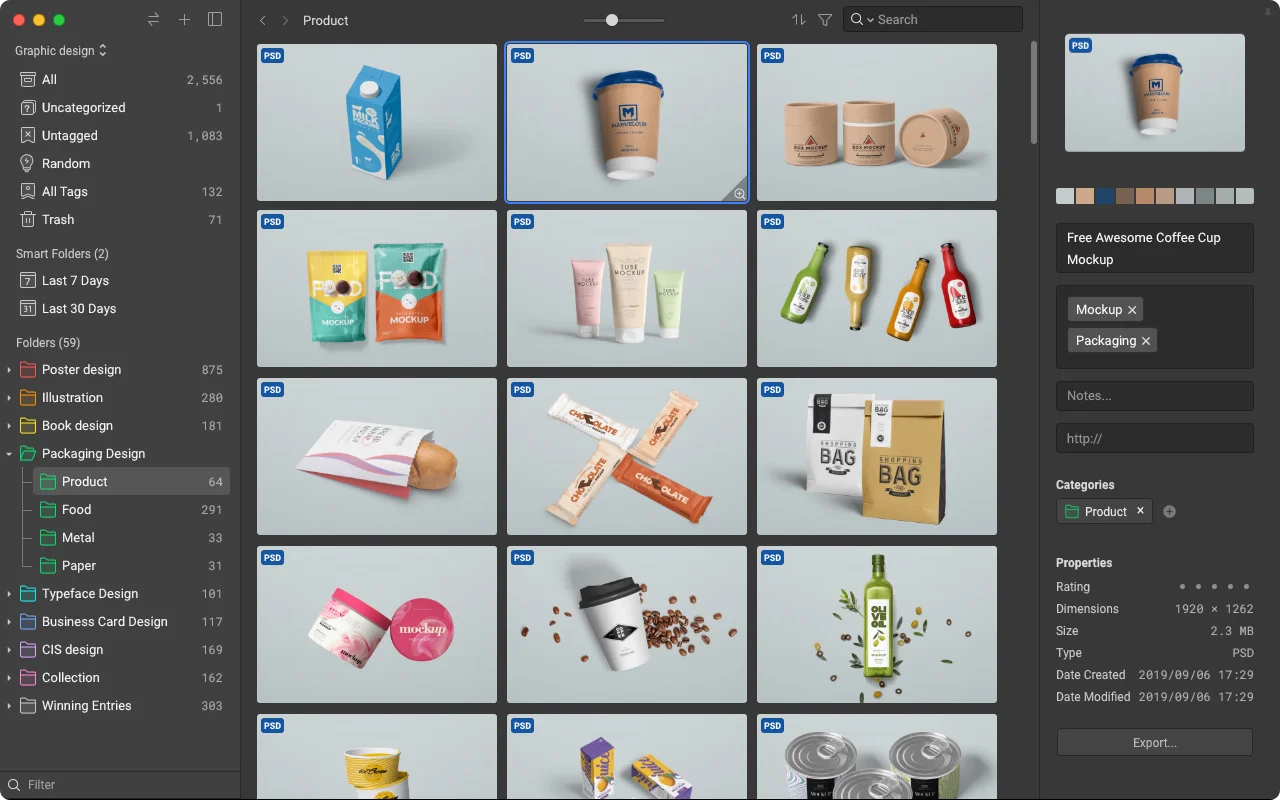Even if you’ve got an undeniable amount of knowledge and experience within the field and work for an established web design company, going back to basics from time to time can help refresh your techniques and encourage professional growth as a website designer. If you’re just starting out, you’ll really appreciate a simple list of do’s and don’t’s when it comes to creating fantastic, functional template designs for your clients. With enough motivation and a hefty dose of creative flair, it really is possible to become a famous template designer in just 30 days!
There are so many great resources available to budding website designers. Taking a look around relevant forums, design blogs and tutorial sites will inspire you to push yourself and improve your abilities to the limit.
There are fundamental principles that you will need to bear in mind when you’re approaching a new design template. Clients are also able to monitor the skills of their chosen web design company by knowing what to expect from a design. We’ve compiled this useful list of 10 points to bear in mind throughout the template design process, regardless of your level of experience as a website designer.
- Keep it simple. All the best website designers understand that great work stems from clear ideas. Creating a strong, practical visual is more important than wasting your time pondering ways to stuff all the latest tricks into your template.
- Decide which tools will work best with the project. Consider past experiences and utilise your knowledge. If you’re just starting out, conduct some extensive research into popular design techniques, swat up on the latest tutorials and get to grips with the very basics of HTML coding. Understand the function of each design tool that’s available to you before you begin implementing the technology creatively.
- Set yourself a deadline – and stick to it! Establishing a timeframe will reassure your client as well as improve your own personal time management skills. As a website designer you’ll want to explore all creative possibilities, but instilling some discipline into your routine will achieve faster results and increase your productivity.
- Draw up a strategy. This will particularly help you out if you have to work to strict design guidelines from your client. You can refer back to the strategy document at any time to explain your work and justify your design decisions.
- Care about the consistency of your design. Create a template that can be used for most, if not all of the pages on your site, as this will save you time. There are many elements of your website that can be included on each and every page, such as the headers, footers, menus and sidebars. Consistency doesn’t have to equal dreariness, though – think of fresh ways to style or set out your page to avoid the traditional (and stale) designs.
- Bear in mind that users become confused and agitated if pages seem difficult to navigate. User experience should be at the heart of every design decision you make, so take time out to thoroughly plan your layout. Your role as a website designer is to catch the eye of the consumer and make it easy for them to find the information they’re looking for. With this point in mind, consider incorporating clear calls to action into your design and always work as if you mean to subliminally guide the user through the site.
- As an extension to the previous point, don’t clutter up your page with snazzy Flash images and busy graphics. Images must be used to convey the brand and must have a purpose for inclusion. Overuse of striking photos will confuse and annoy the user.
- Speed is key. Ensure that your template loads quickly and soaks up as little bandwidth as possible by keeping the design free from irritating add-ons such as background music, automated pop-ups and over-the-top banner advertising. Web users are impatient – if your page hasn’t loaded in a few seconds, the consumer will simply go somewhere else.
- Create your template with modern browsers in mind and test it accordingly on different systems. Your site will always face compatibility issues even if you stick to the standard 1280×768 resolution.
- Testing, testing, testing! As a web design company, our timeframes can be demanding, which is why testing throughout the entire design process will save you time (and often money) at a later stage. Organise breaks in your design schedule to test your work regularly. Catching the bugs and website errors early will eliminate panic further down the line. This is a good habit for a beginner website designer to get into and a process that veteran web designers often overlook.
As a well-established web design company, we have decades of combined experience when it comes to designing attractive yet practical web templates. We know for a fact that sticking to the basic rules of web design develops good practice and results in professional, well-organized templates that will put your name on the map regardless of your depth of experience. If you’re willing to put in the hard work and immerse yourself in the web design industry, becoming a world-famous template designer is a dream of yours that could fast become a reality!













yeah , such a cool . to promote our design in facebook fanpage .
hey, if you want , you can promote your design in my site also . for free …
without no requirements . i will make your own portfolio category if you don’t mind .
Just send feedback to me if you’re interested .